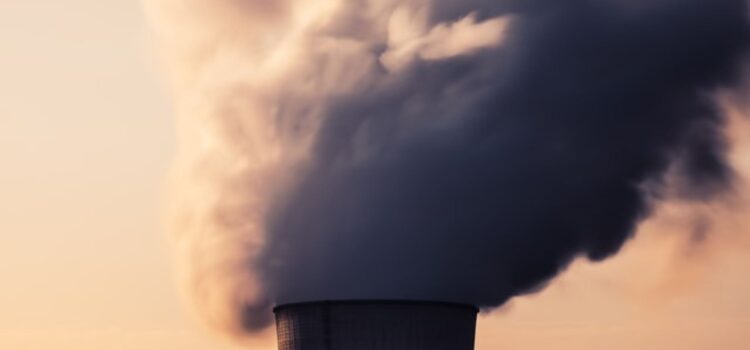

This article is an excerpt from the Shortform book guide to "How to Avoid a Climate Disaster" by Bill Gates. Shortform has the world's best summaries and analyses of books you should be reading.
Like this article? Sign up for a free trial here.
Why is making cement bad for the environment? How much CO2 is produced by cement production?
Cement and steel that go into constructing roads, bridges, and buildings are the major sources of greenhouse gases. However, the demand for these building materials will increase as the global population grows.
In this article, we’ll look at the challenges and potential solutions for curbing CO2 emissions from cement production.
Curbing Cement Carbon Footprint
Producing one ton of cement and one ton of steel generates one and 1.8 tons of carbon dioxide, respectively, and the world uses a lot of them. For example, the United States produces 600 pounds of cement and 600 pounds of steel per person every year, and between 2001 and 2016, China used nearly 26 billion tons of cement alone.
(Shortform note: The global cement and steel production figures are even more staggering. In 2020, the world produced over 500 pounds of steel and 9,000 pounds of cement per person.)
Reducing CO2 emissions from cement production is problematic because the technology for carbon-less manufacturing on a large scale doesn’t exist yet. Gates explains that our most viable yet imperfect option is to keep the process roughly the same but capture the carbon dioxide before it reaches the atmosphere. Unfortunately, while this technology exists on a relatively small scale, it can’t capture all the carbon dioxide emitted, and it makes both the manufacturing and the final products more expensive. Since the options for carbon-less manufacturing are limited, using materials as efficiently as possible and recycling materials is especially important.
| A New, Lower-Carbon Cement Formula In 2021, a team of researchers from German and Brazilian universities shared their discovery of a new formula for cement that reduces carbon emissions by two-thirds. Their formula replaces up to 60% of the limestone in traditional cement (where much of the carbon dioxide comes from) with Belterra clay. As an additional environmental benefit, Belterra clay is an overburden (meaning that it sits on top of) bauxite, mined to produce aluminum. Since the clay has to be dug up to mine for bauxite anyway, the new formula uses the ‘waste’ of one industry to provide raw materials for another, further reducing energy requirements for cement production. |

———End of Preview———
Like what you just read? Read the rest of the world's best book summary and analysis of Bill Gates's "How to Avoid a Climate Disaster" at Shortform.
Here's what you'll find in our full How to Avoid a Climate Disaster summary:
- Bill Gates's technology-based strategies for reducing global carbon emissions
- The challenges and limitations that come with fighting climate change
- The roles governments, private entities, and individuals must play to save the planet






